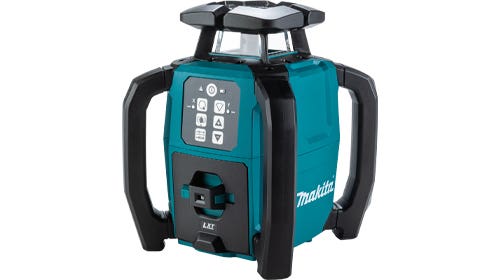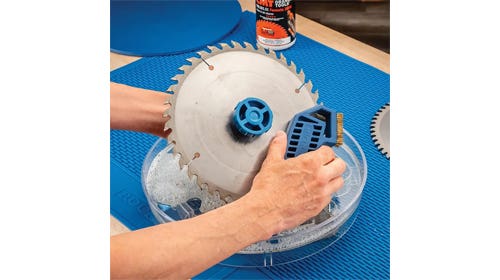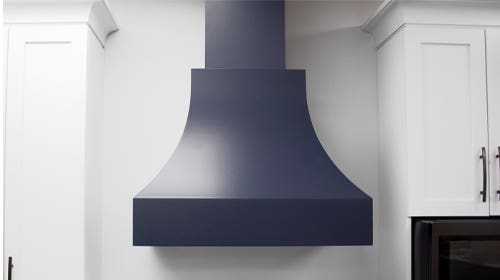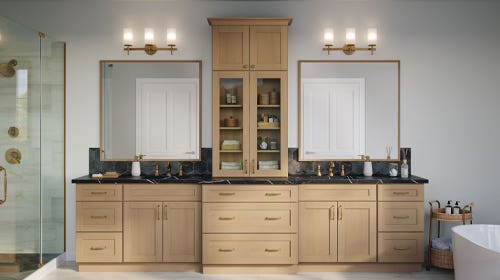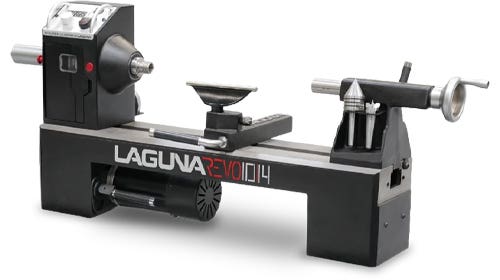Buyers make the switch to African mahogany
African mahogany is currently the preferred variation of all mahogany species and the look-alike versions, according to lumber dealers and suppliers interviewed by Woodshop News. The general consensus is that…
African mahogany is currently the preferred variation of all mahogany species and the look-alike versions, according to lumber dealers and suppliers interviewed by Woodshop News. The general consensus is that the rising price of genuine mahogany has deterred certain buyers, who have opted to deal with the more color-variant African species’ rather than spend more than they want.
Bob Laurie of L.L. Johnson Lumber Mfg. Co. in Charlotte, Mich. says he’s seen a strong shift from genuine, also known as Honduran mahogany (Swietenia macrophylla), to African mahogany (Khaya senegalensis) in the last several years. He adds that many of his customers who were previously using Philippine mahogany, which is no longer available, have switched over to African mahogany.
“I haven’t seen any sales increase in the genuine mahogany. Sales are still pretty flat there. We don’t sell much of it even though it’s the nicest kind and I think that’s due to a combination of price and sizing. You don’t get the same lengths and widths you used to get 25 years ago. The people that want the bigger sizes usually get that from African mahogany. We bring in African in flat cut and quartersawn variations,” says Laurie.
As opposed to other types of mahogany from South American countries, the most popular being Honduran, the African mahogany (Khaya) is a genus of seven species of trees in the mahogany family Meliaceae. The colors and properties of these trees can vary greatly depending on the location they are derived from.
Laurie says the African is readily available to him as a distributer and that he purchases 3,000 to 4,000 bf at a time from Canada. The projects his customers use it for include cabinets, interior trim, furniture and boat restoration.
“The biggest issue we have to watch with African is what some people call windbreaks — a split that goes across the grain instead of with the grain,” Laurie adds.
Jim Reader of Downs and Reader Hardwood in Stoughton, Mass., also says African mahogany is moving very well.
“Honduran is basically in the tank. We stock and sell both regular and pattern-grade types of the African. There’s plenty of it around and it really depends on what people are looking for,” says Reader.
Fabs Corte of Cormark International in Weaverville, N.C., says the increase in African mahogany sales across the board is strictly driven by price.
“The South American variations were really popular 20 years ago up to four years ago and now with all of the restrictions in cutting and new laws on processing and exporting it drove people that start looking for alternatives. African at the time was considered cheaper and has become the favorite purely on price,” Corte says.
“The thing with African mahogany is that it can vary a lot in color because there are a lot of sub-species to African. The most popular is Khaya ivorensis and that’s the one everyone wants but they do sprinkle in some of the other species from the family and it can vary in color. It also grows in a very large region west of central Africa.”
This article originally appeared in the August 2014 issue.


